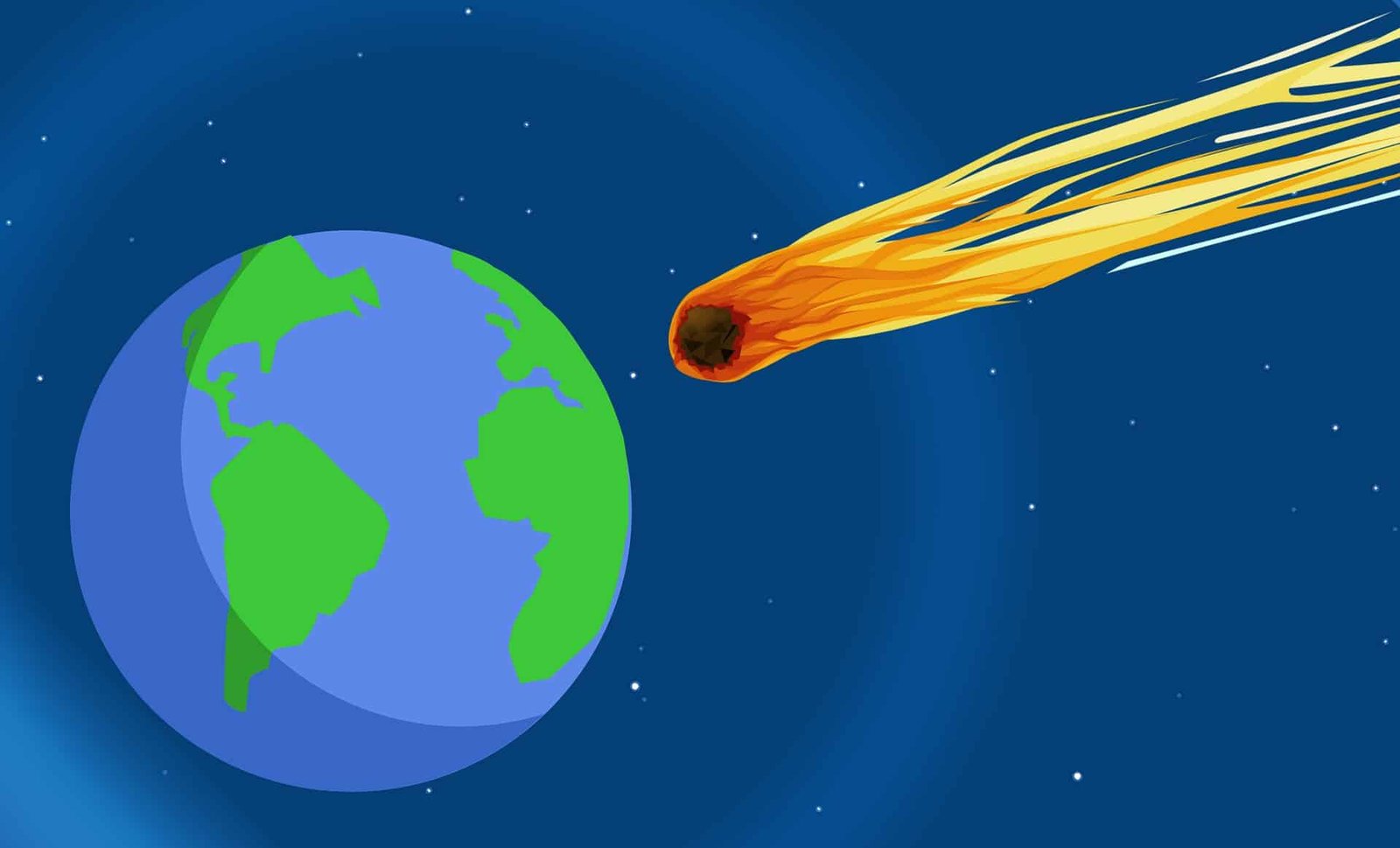News
Asteroid 2024 YR4: Rising Impact Odds, But No Need for Alarm
Recent observations indicate that the probability of asteroid 2024 YR4 impacting Earth in December 2032 has increased. Initially estimated at a 1.2% chance (1 in 83), the latest data suggests the odds have risen to approximately 2.3%, or 1 in 43. Despite this increase, experts emphasize that there is no immediate cause for concern.
What We Know About Asteroid 2024 YR4
Asteroid 2024 YR4, discovered on December 27, 2024, by the ATLAS telescope in Chile, is estimated to be between 40 and 100 meters in diameter. If it were to impact Earth, it could cause significant regional damage. However, scientists caution that the current probability estimates are based on limited observational data. As more data is gathered, these probabilities will be refined, often resulting in a lower impact risk, as reported by ESA.
Near-Earth asteroid 2024 YR4 was observed with the European Southern Observatory’s Very Large Telescope in January 2025.
How Scientists Track and Predict the Asteroid’s Path
The European Space Agency (ESA) and NASA’s Center for Near-Earth Object Studies (CNEOS) closely monitor 2024 YR4. Currently rated at Level 3 on the Torino Impact Hazard Scale (which ranges from 0 to 10), this asteroid is classified as a close encounter that warrants further observation but is not an immediate threat.
Since its discovery, David Rankin, an asteroid hunter tracking 2024 YR4, has explained that uncertainty in an asteroid’s orbit is common. When the asteroid was first discovered, scientists had a strong understanding of the plane in space where it was moving but not its exact position along that plane. This creates an uncertainty zone, known as the “line of variation,” where each new observation can slightly alter the impact probability. As more data is collected, this uncertainty decreases, often reducing the likelihood of the asteroid hitting the Earth.
Future Observations and Risk Assessment
Astronomers worldwide are using powerful telescopes to track the asteroid. However, because 2024 YR4 is currently moving away from Earth, it is becoming harder to observe. Scientists aim to gather as much data as possible before it fades from view, expecting it to become observable again in 2028. If necessary, additional risk assessments will be conducted then.
International Response Plans
Suppose the impact probability remains above 1%, two UN-endorsed international asteroid response groups. In that case, the International Asteroid Warning Network (IAWN) and the Space Mission Planning Advisory Group (SMPAG)—will consider the next steps. These organizations coordinate global efforts to track, characterize, and, if necessary, mitigate asteroid threats.
Why We Shouldn’t Panic
With advancements in asteroid survey technology, more near-Earth objects are being detected than ever before. This may lead to more frequent reports of potential impacts, but the vast majority of these objects pose no significant threat. The detection and monitoring of 2024 YR4 highlight how far planetary defence efforts have come, ensuring that scientists are well-prepared to assess and respond to potential threats in a timely manner.
While the asteroid hitting Earth impact probability of asteroid 2024 YR4 has increased slightly. Experts stress that this is a normal part of the observation process. As more data becomes available, the likelihood of impact will likely decrease. Ongoing observations by NASA, ESA, and other institutions will provide further clarity in the coming years, but there is no cause for alarm for now.










































Pingback: NASA Says We Might Have to Nuke an Asteroid Before 2032